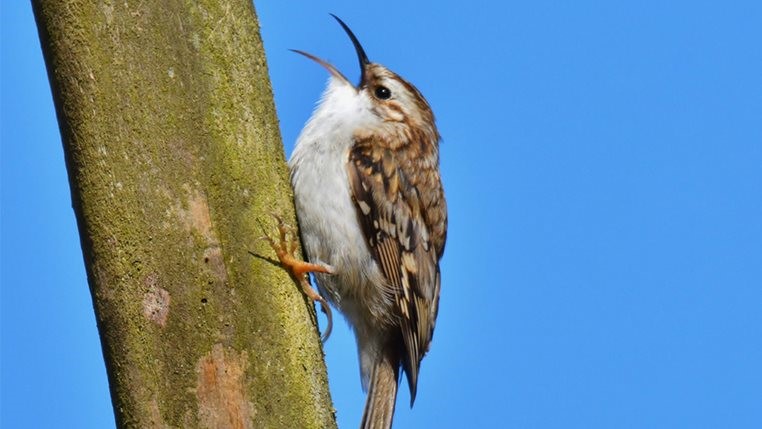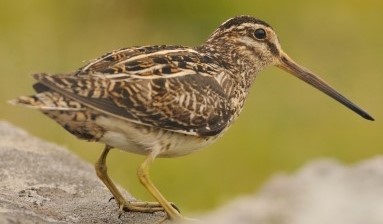When does the breeding bird survey season begin?
The survey season begins in earnest in March 2019.
Where can breeding and nesting birds be found?
Breeding and nesting birds can be found in all sorts of places, including open grassland which need to be cleared for development.
Protected species of ground-nesting birds which may be found in coastal or wetland regions include curlew, red-shank and snipe (pictured above).
Inland, species found nesting on farmland include the charismatic (and nationally declining) lapwing and the skylark.
In heathland areas, you may be lucky enough to see breeding nightjar, which can be heard making metallic ‘churring’ sounds at dawn and dusk. These birds, much like snipe, are particularly hard to spot to the untrained eye when nesting. The female actually lays eggs directly onto the ground and has such good camouflage that it can be extremely difficult to see an individual unless they are calling or displaying. Snipe are also notoriously tricky to locate when sat on a nest.
Ground-nesting species aside, many of the passerine species we all know and love (such as this tree creeper, pictured below) nest in shrubs and trees throughout the breeding season.
How can EcoNorth help you?
The timing and number of clutches each species has can vary. However, between March and October, EcoNorth can provide checks to ensure none of these protected animals are affected by development or ground clearance. Vegetation clearance work can also be undertaken by staff here at EcoNorth, who are aware of the legal implications of nest disturbance and can provide clients with the very best guidance during the breeding period.

If you have any questions about whether you might need to carry out breeding bird checks or are interested in the services EcoNorth can provide, please do get in touch.

